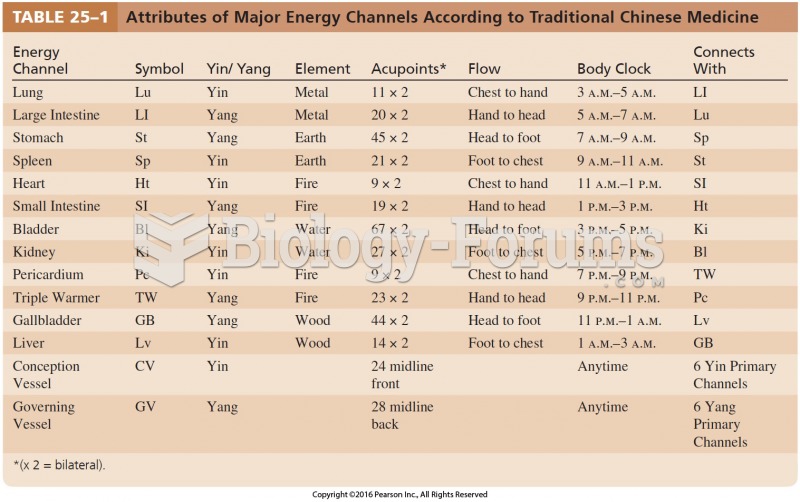Answer 1
Answer: John Dewey
Answer 2
Answer: Progressivism represented a many-sided attack on the problems that had developed out of the industrialization of the American economy. The diversity of the movement often led to contradictions in policy positions. It increased the power of the federal government to deal with economic and social issues and stressed the importance of experts and statistical information. Although optimistic about their ability to improve American society, the progressives did not fundamentally change American society or its economy.
Answer 3
Answer: Using his formidable intellectual abilities, Wilson pushed through Congress an impressive array of laws, including tariff and banking reform. After gaining office, he moved closer to Roosevelt's New Nationalist concepts of aggressively using the central government to control corporations, supporting passage of the Clayton Act, and establishment of the Federal Trade Commission. He aggressively used his position as president to promote his agenda, appearing personally before Congress to deliver his messages, thus breaking with tradition.
Answer 4
Answer: When Taft received the Republican nomination, Theodore Roosevelt supported the creation of the Progressive party, thus splitting the Republican party and creating an opportunity for the Democrats to win with Woodrow Wilson. Roosevelt called for increased government regulation to ensure the general welfare, while Wilson argued for a return to limited government and open competition, in the tradition of Thomas Jefferson. Roosevelt argued that it was necessary to use Hamiltonian principles of strong government to achieve Jeffersonian social justice goals.
Answer 5
Answer: Although Roosevelt came from an upper-class family, during his terms as police commissioner of New York City and governor of New York state, he had acquired first-hand knowledge of the social problems of the city and state. He was also well read, but no one knew for sure how he would approach social problems when he became president. He proved to be the first progressive president, attacking monopolies with his trust-busting campaign, strengthening railroad regulation, supporting pure food and drug laws, and advocating conservation.







